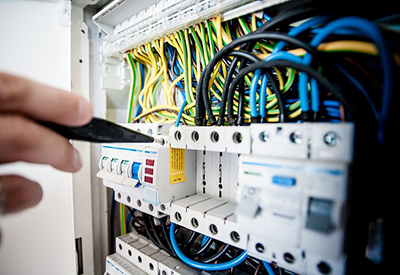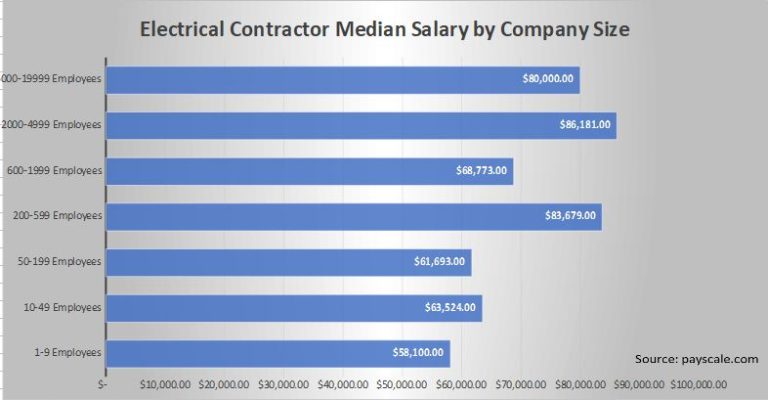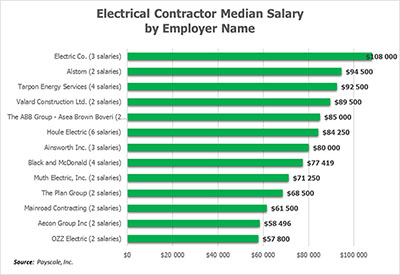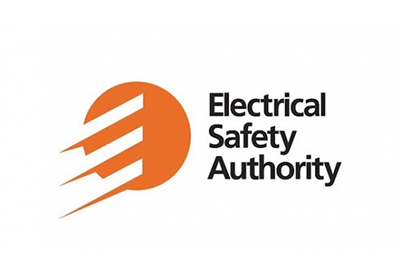Guide to the Canadian Electrical Code, Part I — Instalment 15

July 7, 2016
In this article: the first of two parts on Section 26 — Installation of electrical equipment. The code is a comprehensive document. Sometimes it can seem quite daunting to quickly find the information you need. This series of articles provides a guide to help users find their way through this critical document. This is not intended to replace the notes in Appendix B or the explanations of individual requirements contained in the CEC Handbook, but will hopefully provide some help in navigating the code.
Section 26 is a general section of the code and applies to the installation of all electrical equipment. Appendix B contains important additional helpful notes. This section is divided into a number of parts, with the general rules 26-002 to 26-014 applying to all electrical equipment and additional parts for specific types of equipment.
Specific equipment may need to meet requirements in more than one part, so be sure to read all parts that may apply to your situation. In addition, other supplementary or amendatory sections of the code may apply to the installation of specific equipment so always check those parts.
General
Rule 26-002 requires that, in all cases where a device has an identified terminal or lead, it must be connected to the circuit identified conductor.
Rule 26-004 requires that where any electrical equipment, installed directly over a combustible surface, is open at the bottom or marked to require protection, a 1.6 mm thick steel plate extending 150 mm beyond the edge must be installed to cover the combustible surface. Note that equipment certified after Sept. 30, 1986 requires this protection only if so marked.
Rule 26-006 states that ventilation of enclosures shall not be restricted.
Rule 26-008 outlines the protection needed for electrical equipment from a sprinkler system, while not interfering with the sprinkler protection. The CEC Handbook provides some additional guidance on installing protective shields.
Rule 26-010 specifies that all outdoor installations must be housed in suitable enclosures or surrounded by fencing as per 26-300 to 26-324, and must be bonded to ground.
Rules 26-012 and 26-014 provide the requirements for the installation of dielectric liquid-filled equipment indoors and outdoors. Guidance is given in preventing fire and environmental hazards from leaking or venting liquid. The Appendix B note provides additional guidance.
Isolating switches — see Section 0 – Definitions
Rule 26-100 outlines the permitted location, guarding, marking and accessibility of isolating switches, which are intended only to isolate equipment but not to interrupt current flow.
Circuit breakers — see Section 0 – Definitions
Rule 26-120 concerns indoor installed circuit breakers and requires dielectric liquid-filled circuit breakers to conform to 26-012, and circuit breakers installed in electrical equipment vaults to be operable without opening the vault.
Fuses and fusible equipment
Rules 26-140 and 26-142 outline where fuses must be located and the selection of type of fuses for all fusible equipment using rules 14-200, 14-212(b), Table 1 or 3 and Column 4 of Table 2 or 4 as a guide.
Capacitors
Rules 26-200 to 26-222 provide the requirements for the installation of all capacitors. The rules cover indoor installation of dielectric liquid-filled capacitors (as per 26-012) and the guarding, grounding, conductor sizes and overcurrent protection of capacitors. These rules also cover
• the provision, location and rating of disconnecting means for capacitor feeders and branch circuits
• the rating of contactors
• motor circuit capacitors
• transformers supplying capacitors and drainage of stored charge capacitors
Note that this part does not cover capacitors that are components of factory assembled electrical equipment or surge protectors, which are certified as assembled equipment.
The CEC Handbook has additional guidance on the installation and protection of capacitors.
Transformers
This part contains the requirements for the installation of all transformers. Rules 26-240 to 26-248 specify general requirements, outdoor installations, transformers mounted on roofs, dielectric liquid-filled transformers indoors, and dry-core, open-ventilated transformers. Rules 26-250 to 26-256 cover disconnecting means and overcurrent protection for all transformers. Rules 26-258 outlines determining the conductor size for transformers in conjunction with the rules of Section 14. Rule 26-260 provides for coordination between the connected loads and the rating of the transformer overcurrent and conductor ampacities in accordance with Rule 8-104(5) or (6). The final four rules in this part provide specifications for overcurrent protection of instrument voltage transformers (26-262), marking of transformers (26-264), auto-transformers (26-266) and zero sequence filters (26-268).
Fences
Rules 26-300 to 26-324 outline the requirements for constructing fences to guard electrical equipment installed outdoors. The rules cover clearance between the fence and live electrical equipment, height of fences, use of barbed wire, setting of posts, gates, chain link fabric, the use of wood, material and size of posts, top rails, wood stringers, wood slats and preservative treatment. Table 33 is also referenced in this part.
Electrical equipment vaults — see Section 0 – Definitions
The rules of this part 26-350 to 26-356 provide the general, size, construction and illumination required for electrical equipment vaults. Appendices B and G have additional information regarding electrical equipment vaults.
Cellulose nitrate film storage
Rules 26-360 to 26-366 apply to any areas where cellulose nitrate film is stored (note that generally filmmakers are no longer using cellulose nitrate film; however, there may be storage of archival material). These rules specify that no electrical equipment, other than fixed lighting, may be installed in the film vault. These rules also specify wiring methods, luminaires, and circuits in the film vault.
In the next instalment we will be discussing Section 26 — Installation of electrical equipment.
* The source for this series of articles is the Canadian Electrical Code, Part I, published by CSA
Read the rest of the instalments in the series:
Part 1: Guide to the CE Code, Part I – A Roadmap (Installment 1 in a Series)
Part 2: A Road Map to the CE Code, Part I – Installment 2
Part 3: Guide to the Canadian Electrical Code, Part I – Installment 3
Part 4: A Road Map to the CE Code, Part 1 – Installment 4
Part 5: Guide to the Canadian Electrical Code, Part I — Installment 5
Part 6: Guide to the Canadian Electrical Code, Part I — Installment 6
Part 7: Guide to the Canadian Electrical Code, Part I — Installment 7
Part 8: Guide to the Canadian Electrical Code, Part I — Installment 8
Part 9: Guide to the Canadian Electrical Code, Part I — Installment 9
Part 10: Guide to the Canadian Electrical Code, Part 1 – Installment 10
Part 11: Guide to the Canadian Electrical Code, Part 1 – Installment 11
Part 12: Guide to the Canadian Electrical Code, Part 1 — Instalment 12
Part 13: Guide to the Canadian Electrical Code, Part 1 — Instalment 13
Part 14: Guide to the Canadian Electrical Code, Part 1 — Instalment 14
Part 15: Guide to the Canadian Electrical Code, Part I — Instalment 15
William (Bill) Burr is the former Chair of the Canadian Advisory Council on Electrical Safety (CACES), former Director of Electrical and Elevator Safety for the Province of BC, and former Director of Electrical and Gas Standards Development and former Director of Conformity Assessment at CSA Group. Bill can be reached at Burr and Associates Consulting billburr@gmail.com.
















